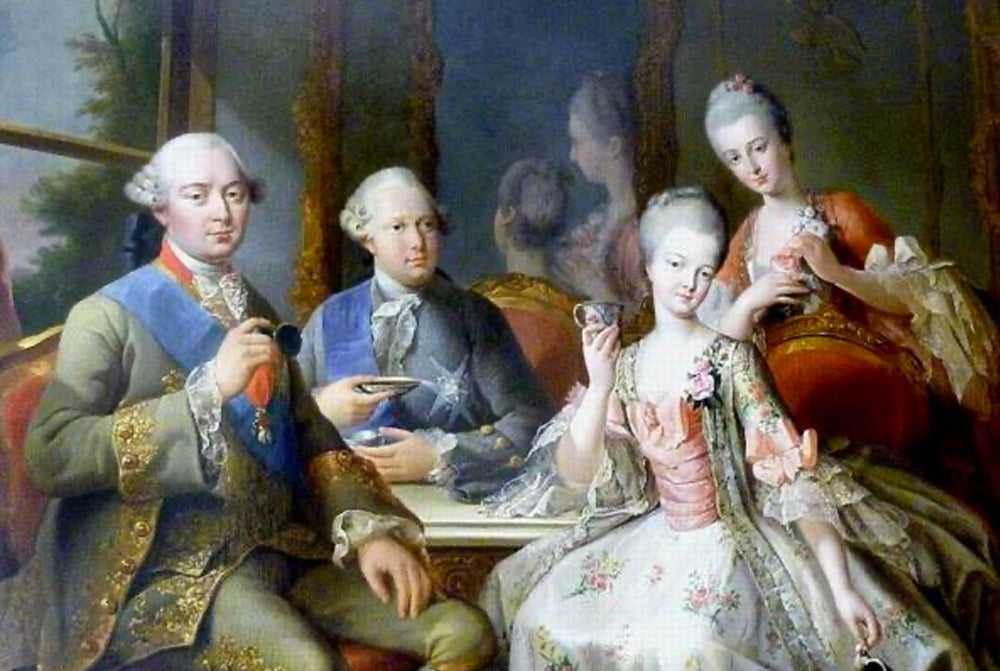
Chocolate and Marie-Antoinette
"At seven o'clock, Sanson comes in. (...) The Queen lunches of a cup of chocolate brought in from the neighbouring café and one of those sweet rolls called mignonnettes. (...) then the Queen of France went up to the scaffold and rushed to her death."

It was Anne of Austria, infant of Spain and wife of Louis XIII, who introduced hot chocolate to the court of Versailles. An avid drinker, she was merely following the Spanish trend, for it was the conquistadors who brought chocolate back from the newly conquered Americas which was then a thick, spicy and rather bitter drink, used as a tonic.
Although Anne of Austria was fond of it, her son Louis XIV abhorred it, unlike his wife Maria Teresa... who happened to be Spanish. Thanks to her and her excessive drinking habit – she was reported to drink 10 cups of chocolate a day – it spread from Versailles to the rest of the European courts, shocking public opinion because of its supposed aphrodisiac virtues.
From the 16th century onwards, a strange theological battle ensued, with one part of the Church softly condemning this vicious beverage that was beginning to conquer the courts of its most Christian and Catholic kings, while the other part praised its benefits, even making it an excellent drink for enduring the hardships of the Lenten fast.
In 1666, Pope Alexander VII ruled in favour of chocolate, in a formula that could hardly be more casuistic: "liquids do not break the fast". Chocolate then became the Catholic drink par excellence – and Protestants reacted by preferring coffee - and it immediately conquered the courts of Lisbon, Vienna and Versailles.
Although Louis XIV hated it, his successor Louis XV was crazy about it. He gave his chocolatier the privilege of making and selling chocolate, whose shop on the left bank of Paris thus became more profitable than a barony. Under his impetus, chocolate grew in fame and variety, it was found in all banquets, in the boudoirs of the greatest ladies, became a subject of rococo art... the trend was peaking.
Louis XV’s chocolate recipe was relatively simple, spiced with vanilla and thickened with an egg yolk thus more akin to a ganache, but it was not uncommon to find some made with sahlep -orchid bulbs’ powder imported from Istanbul- or with almond, orange blossom and often ambergris, so that when Marie-Antoinette arrived at Versailles, she did not feel completely disoriented.
For she loved it just as much. In her enthusiasm, she even went so far as to create a Queen's Chocolatier, responsible for preparing her beverage every morning, which she liked to drink in the Viennese style - that is, topped with cream - and very often with a side of macarons. But as we know, her delicate folie de grandeur did not last long.
The monarchy wavered, the Revolution roared culminating in the King’s decollation on January 21, 1793. On August 2 of the same year, Queen Marie-Antoinette was taken to the Conciergerie prison where she remained until her execution on October 16.
Among the charges held against her was that of "squandering the nation's funds", and although it is not certain that she liked brioche that much, she was certainly fond of chocolate... to the point of making it her last meal.


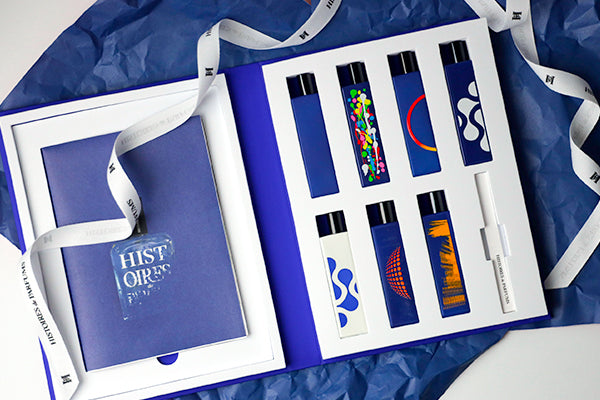
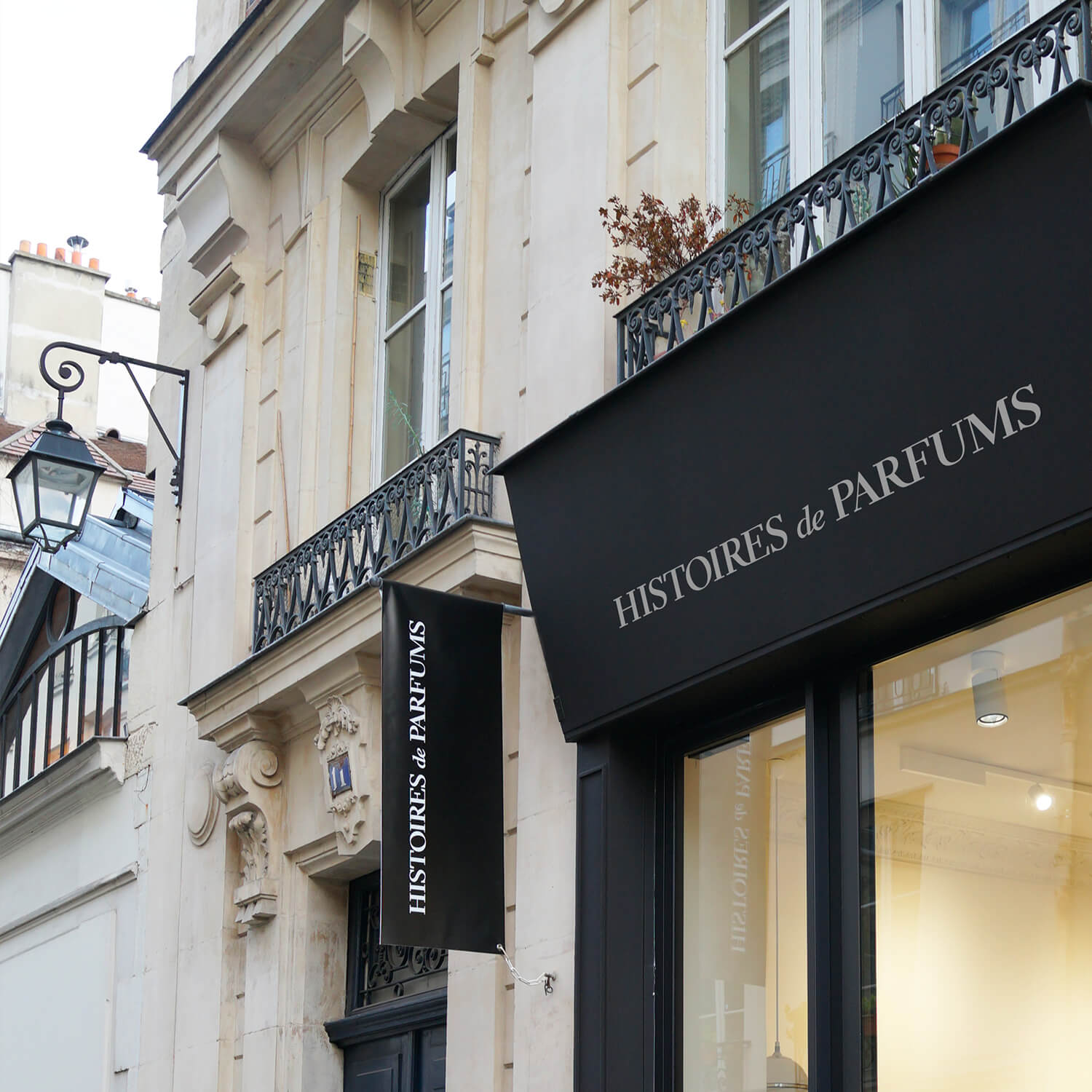
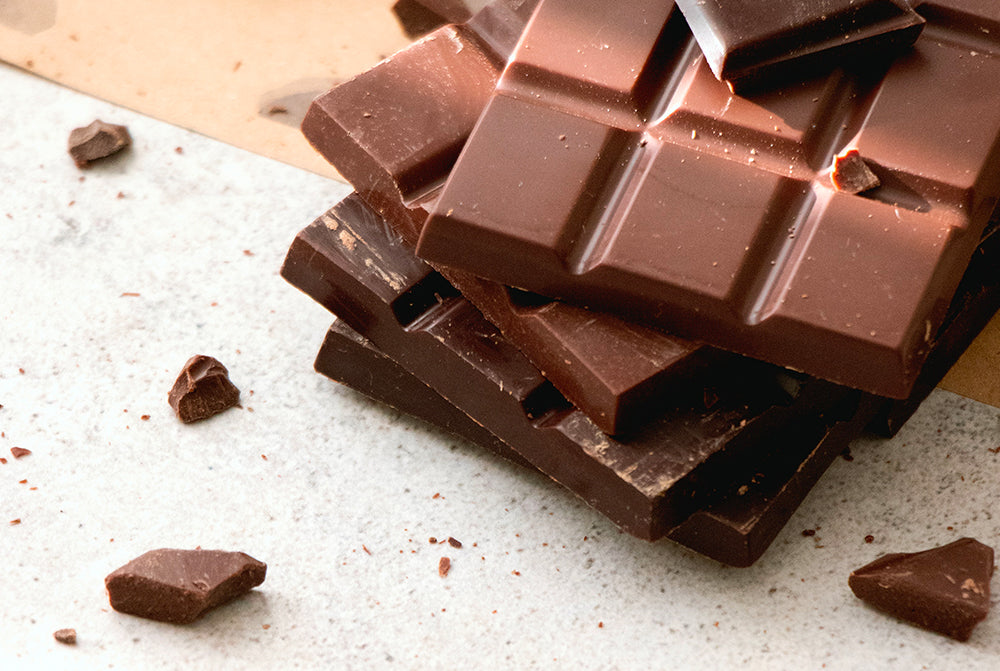
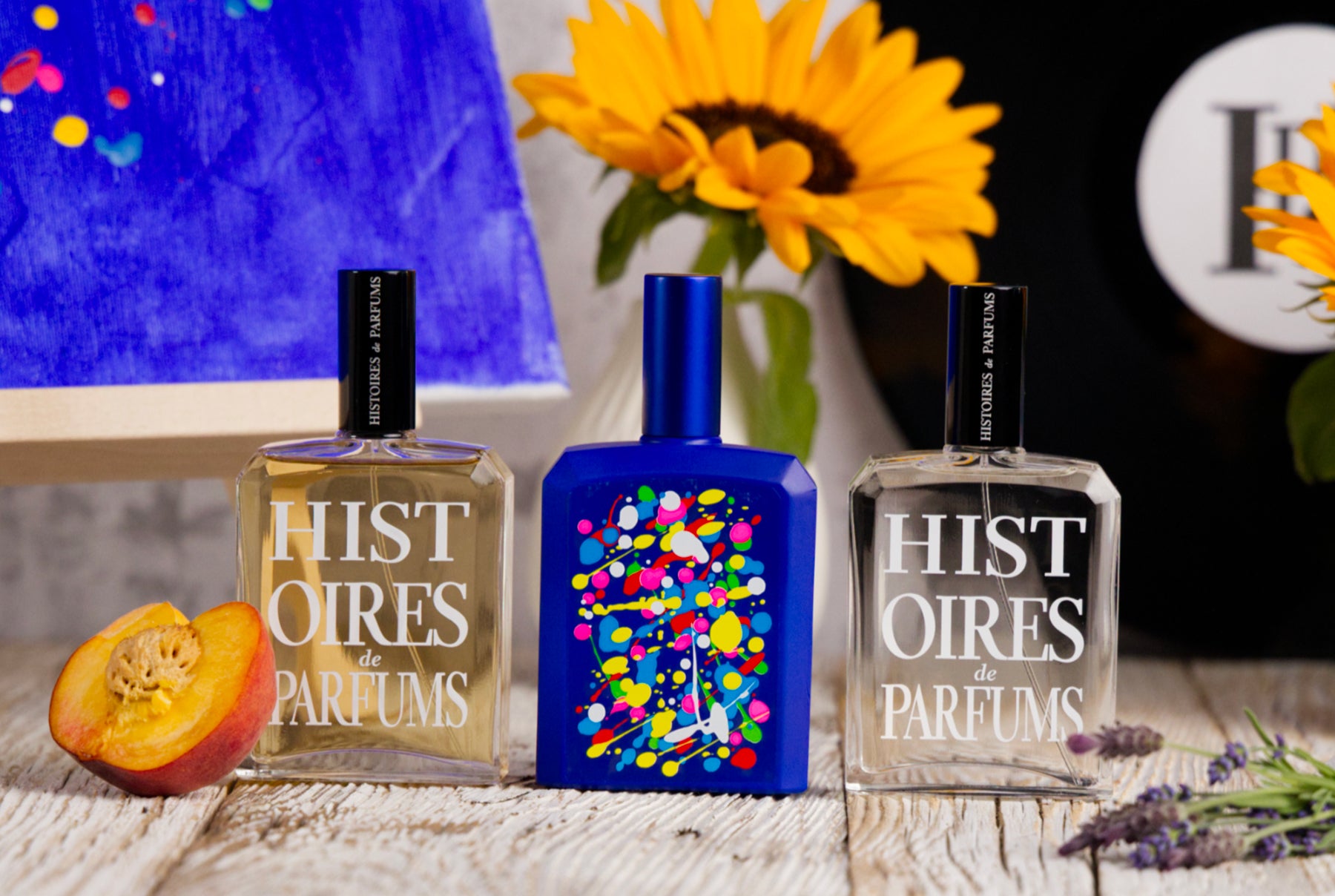
Leave a comment
This site is protected by hCaptcha and the hCaptcha Privacy Policy and Terms of Service apply.